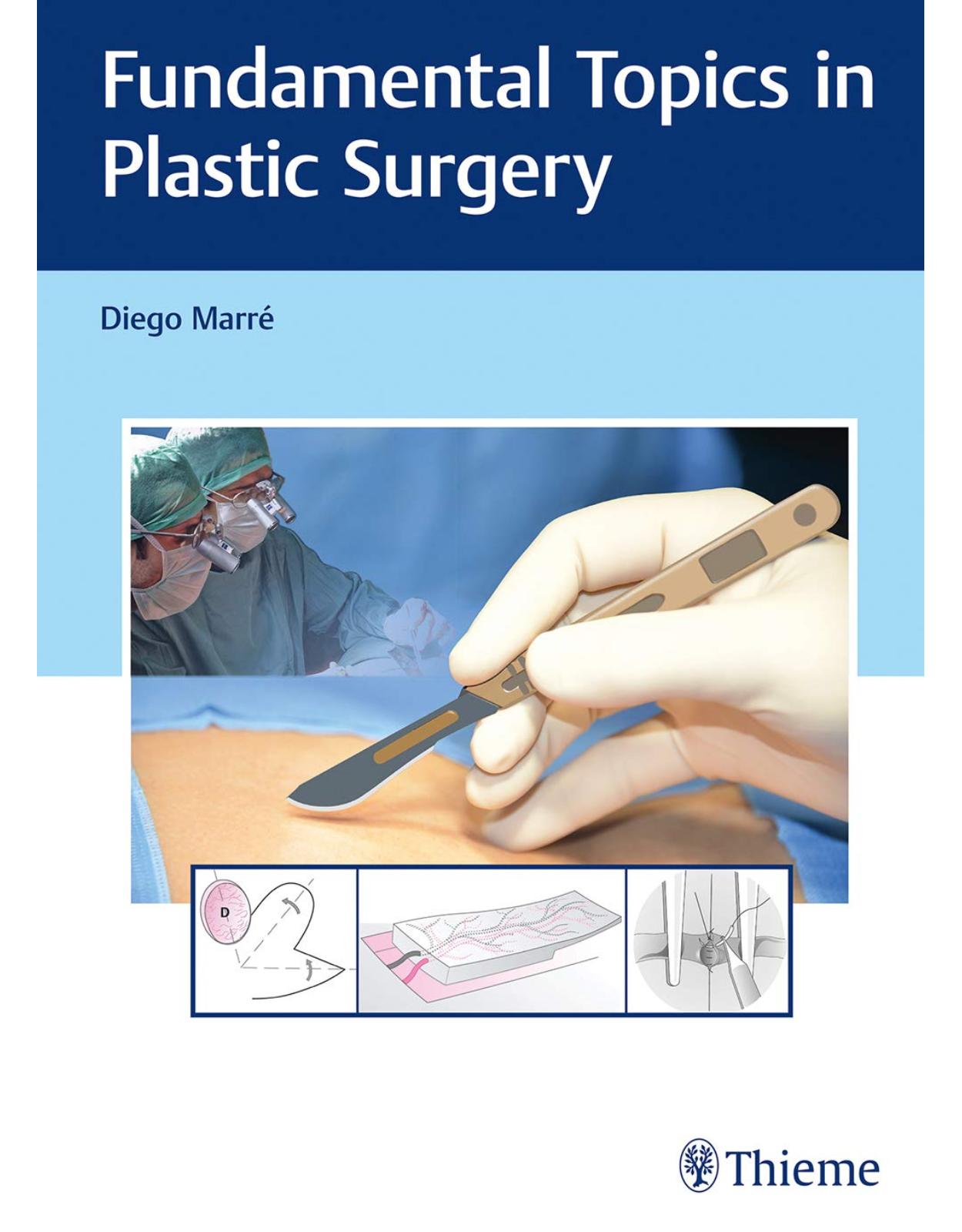
Fundamental Topics in Plastic Surgery
Livrare gratis la comenzi peste 500 RON. Pentru celelalte comenzi livrarea este 20 RON.
Disponibilitate: La comanda in aproximativ 4 saptamani
Autor: Diego Marre
Editura: Thieme Medical Publisher
Limba: Engleza
Nr. pagini: 435
Coperta: Hardcover
Dimensiuni: 24.13 x 17.02 cm
An aparitie: 4 April 2018
Description:
Given the wide-ranging nature of the literature one must study in plastic surgery training, a solid grounding in many fundamental principles and procedures is an absolute prerequisite to becoming a competent plastic surgeon. And yet, until now there has been no single source that collects these fundamental topics in one volume; rather, the information has had to be gleaned from the introductory chapters of multiple comprehensive textbooks. The present volume takes a new approach, and provides the trainee an opportunity to learn these fundamentals more efficiently and comprehensively through a single book.
This work will prepare the trainee to confidently advance to the more specific core topics in reconstructive and aesthetic plastic surgery.
Key Features:
Highly efficient presentation and organization of all fundamental plastic surgical topics
21 chapters cover such topics as patient safety; normal and abnormal wound healing; local anesthesia and nerve blocks; soft tissue infections and antibiotics; implants and biomaterials; basic surgical techniques; grafting of fat, skin, bone, and other tissues; flaps; burns; and much more.
Each chapter closes with a summary of key points.
Ideal for all surgeons in training, Fundamental Topics in Plastic Surgery is a complete introduction to the science and technical expertise of aesthetic and reconstructive plastic surgery.
Table of Contents:
Section I: Principles
1 Patient Safety in Plastic Surgery
1.1 Introduction
1.2 Practice-Based Safety
1.3 Patient Risk Stratification
1.4 Intraoperative Risk
1.5 Conclusions
1.6 Key Points
2 Wound Healing
2.1 Introduction
2.2 Basic Science
2.3 Factors Affecting Wound Healing
2.4 Wound Care Management
2.5 Scar Management
2.6 Conclusions
2.7 Key Points
3 Wound Management and Pressure Sores
3.1 Introduction
3.2 Basic Science
3.3 Wound Assessment
3.4 Wound Debridement
3.5 Skin Substitutes
3.6 Clinical Applications
3.7 Pressure Sores
3.8 Basic Science
3.9 Classification
3.10 Treatment
3.11 Conclusions
3.12 Key Points
4 Negative Pressure Wound Therapy
4.1 Introduction
4.2 Basic Science
4.3 Dressings and Parameters
4.4 Parameters
4.5 Indications and Contraindications
4.6 Tips and Tricks
4.7 Clinical Applications
4.8 Conclusions
4.9 Key Points
5 Local Anesthetics and Common Nerve Blocks
5.1 Introduction
5.2 Basic Science
5.3 Classification of Local Anesthetics
5.4 Pharmacology
5.5 Toxicity and Complications of Local Anesthetics
5.6 Allergic Reactions
5.7 Adjuvants
5.8 Essential Regional Blocks for Plastic Surgery
5.9 Median Nerve Block
5.10 Conclusions
5.11 Key Points
6 Soft Tissue Infections and Antibiotics in Plastic Surgery
6.1 Introduction
6.2 Skin and Soft Tissue Infections
6.3 Alloplastic Infections
6.4 Antimicrobials for Skin and Soft Tissue Infections
6.5 Conclusions
6.6 Key Points
7 Implants and Biomaterials
7.1 Introduction
7.2 Materials
7.3 Implantation Tips and Pitfalls
7.4 Clinical Applications
7.5 Conclusions
7.6 Key Points
8 Principles of Osteosynthesis
8.1 Basic Science
8.2 Fracture Repair
8.3 Complications
8.4 Distraction Osteogenesis
8.5 Conclusions
8.6 Key Points
9 Essentials of Dermatology for Plastic Surgeons
9.1 Structure and Function of the Skin
9.2 Basic Lesions of the Skin
9.3 Skin Biopsies
9.4 Nonsurgical Treatment Modalities
9.5 Benign Skin Tumors
9.6 Fibrous Tumors
9.7 Miscellaneous
9.8 Premalignant Lesions
9.9 Nonmelanoma Skin Cancers
9.10 Conclusions
9.11 Key Points
10 Laser Therapy: Principles and Applications in Skin Diseases
10.1 Introduction
10.2 Basic Science
10.3 Therapeutic Parameters
10.4 Types of Laser
10.5 Clinical Applications
10.6 Pigmentation Disorders
10.7 Laser Hair Removal
10.8 Skin Resurfacing
10.9 Conclusions
10.10 Key Points
11 How to Set Up a Research Protocol in Plastic Surgery
11.1 Introduction
11.2 Clinical Question and Types of Study
11.3 Basic Components of a Research Protocol
11.4 Measuring the Accuracy of a Diagnostic Test
11.5 Determining the Prognosis of a Disease
11.6 Analyzing the Effectiveness of a Treatment
11.7 In Search of the Cause of Your Patient's Disease
11.8 What about the Analysis?
11.9 Key Points
Section II: Techniques
12 Basic Surgical Techniques, Sutures, and Wound Closure
12.1 Introduction
12.2 Sutures
12.3 Wound Closure
12.4 Suturing Techniques
12.5 The Unfavorable Scar: Prevention and Treatment
12.6 Common Surgical Procedures
12.7 Conclusions
12.8 Key Points
13 Grafts: Skin, Fascia, Nerve, Tendon, Cartilage, and Bone
13.1 Introduction
13.2 Skin Grafts
13.3 Fascia Grafts
13.4 Tendon Grafts
13.5 Nerve Repair and Grafting
13.6 Cartilage Grafts
13.7 Bone Grafts
13.8 Conclusions
13.9 Key Points
14 Fat Grafting
14.1 Introduction
14.2 Basic Science
14.3 Surgical Technique
14.4 Clinical Applications
14.5 Conclusions
14.6 Key Points
15 Vascular Anatomy of the Skin and Muscles
15.1 Introduction
15.2 Basic Science
15.3 Blood Supply to the Muscles
15.4 Regional Blood Supply
15.5 Conclusions
15.6 Key Points
16 Flaps
16.1 Introduction
16.2 Basic Science
16.3 Principles of Flap Surgery
16.4 Flap Classification
16.5 Putting It All Together: Examples of Commonly Used Local Flaps
16.6 Fasciocutaneous Flaps
16.7 Flap Modifications
16.8 Perforator Flaps
16.9 Propeller Flaps
16.10 Conclusions
16.11 Key Points
17 Tissue Expansion
17.1 Introduction
17.2 Basic Science
17.3 Types of Expanders
17.4 Preoperative Planning and Surgical Technique
17.5 Complications
17.6 Clinical Applications
17.7 Reexpansion
17.8 Preexpanded Free Flaps
17.9 Conclusions
17.10 Key Points
18 Burns
18.1 Introduction
18.2 Epidemiology
18.3 Thermal Injury
18.4 Electrical Injuries
18.5 Chemical Injuries
18.6 Cold Injuries
18.7 Key Points
19 Microsurgery
19.1 Introduction
19.2 Training in Microsurgery
19.3 Basic Science of Free Flap Failure
19.4 Factors Influencing Flap Failure
19.5 Free Flap Monitoring and Salvage
19.6 Postoperative Pharmacological Therapy in Microsurgery
19.7 Clinical Applications
19.8 Conclusions
19.9 Key Points
20 Facial Trauma
20.1 Introduction
20.2 Relevant Anatomy
20.3 Soft Tissue Trauma
20.4 Maxillofacial Trauma
20.5 Clinical Cases
20.6 Conclusions
20.7 Key Points
21 Hand Trauma
21.1 Introduction
21.2 Relevant Anatomy
21.3 Assessment of an Injured Hand
21.4 Identification of the Injured Structures
21.5 Management of Hand Injuries
21.6 Clinical Cases
21.7 Conclusions
21.8 Key Points
Index
| An aparitie | 4 April 2018 |
| Autor | Diego Marre |
| Dimensiuni | 24.13 x 17.02 cm |
| Editura | Thieme Medical Publisher |
| Format | Hardcover |
| ISBN | 9783132059115 |
| Limba | Engleza |
| Nr pag | 435 |
-
1,78100 lei 1,48000 lei

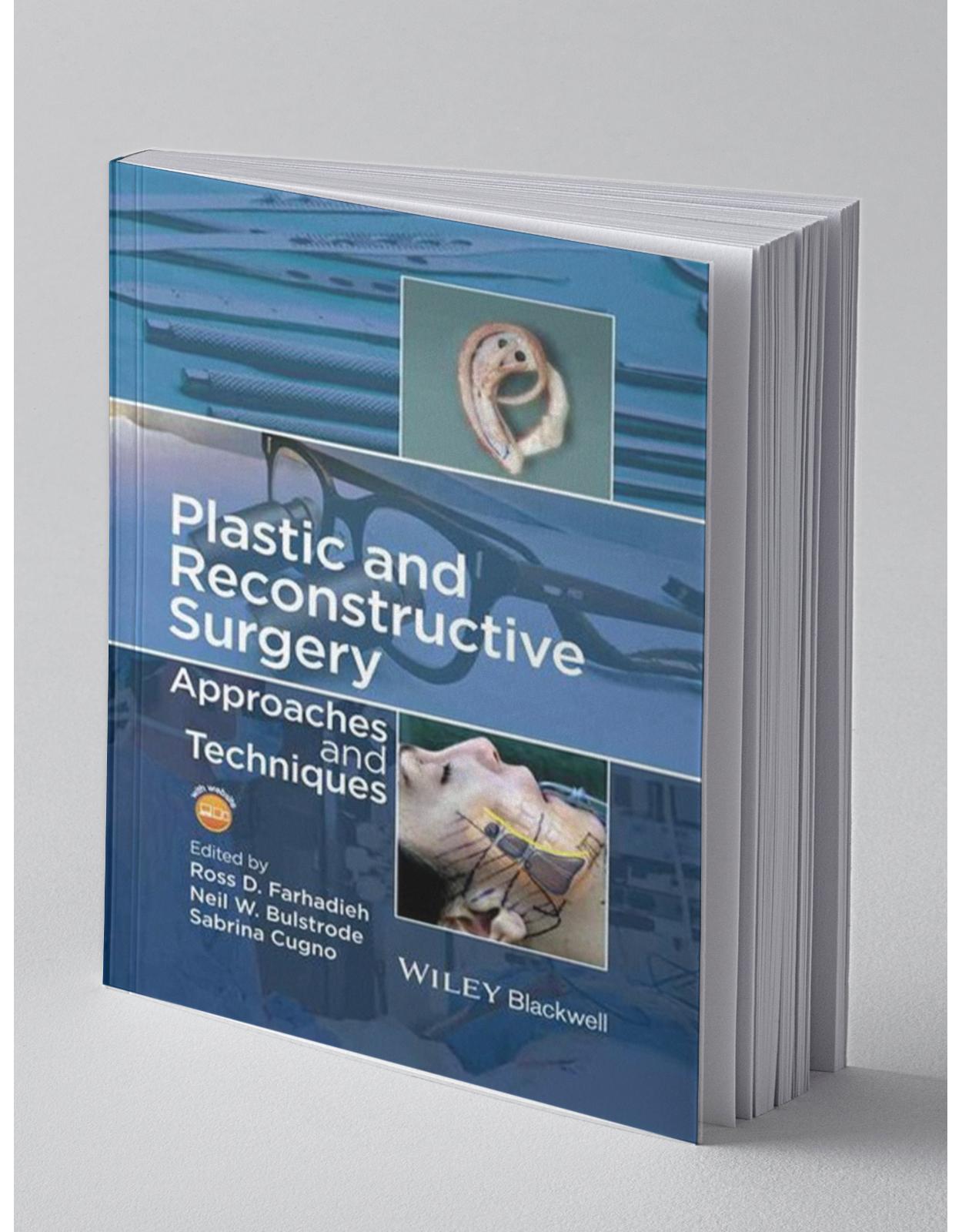
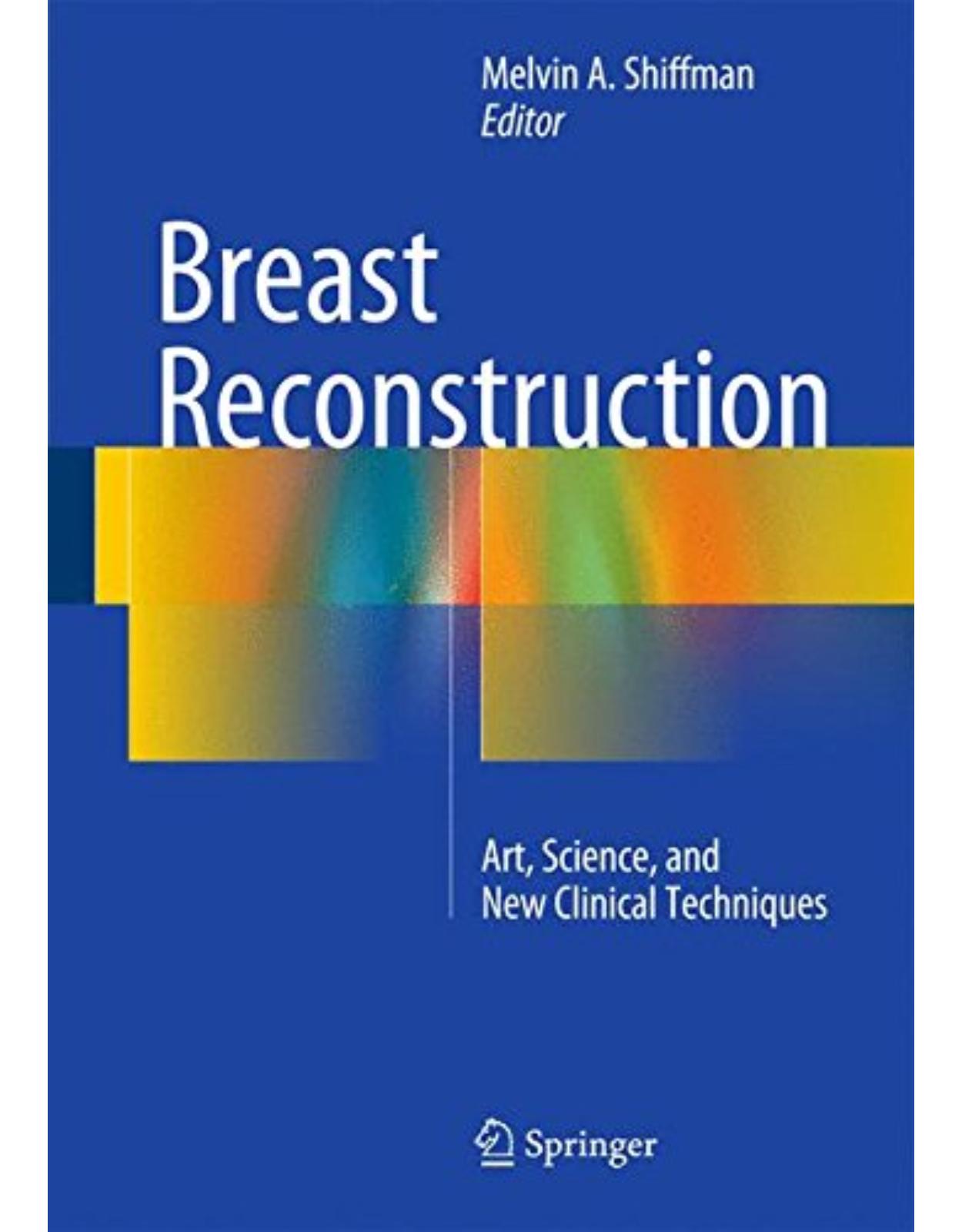
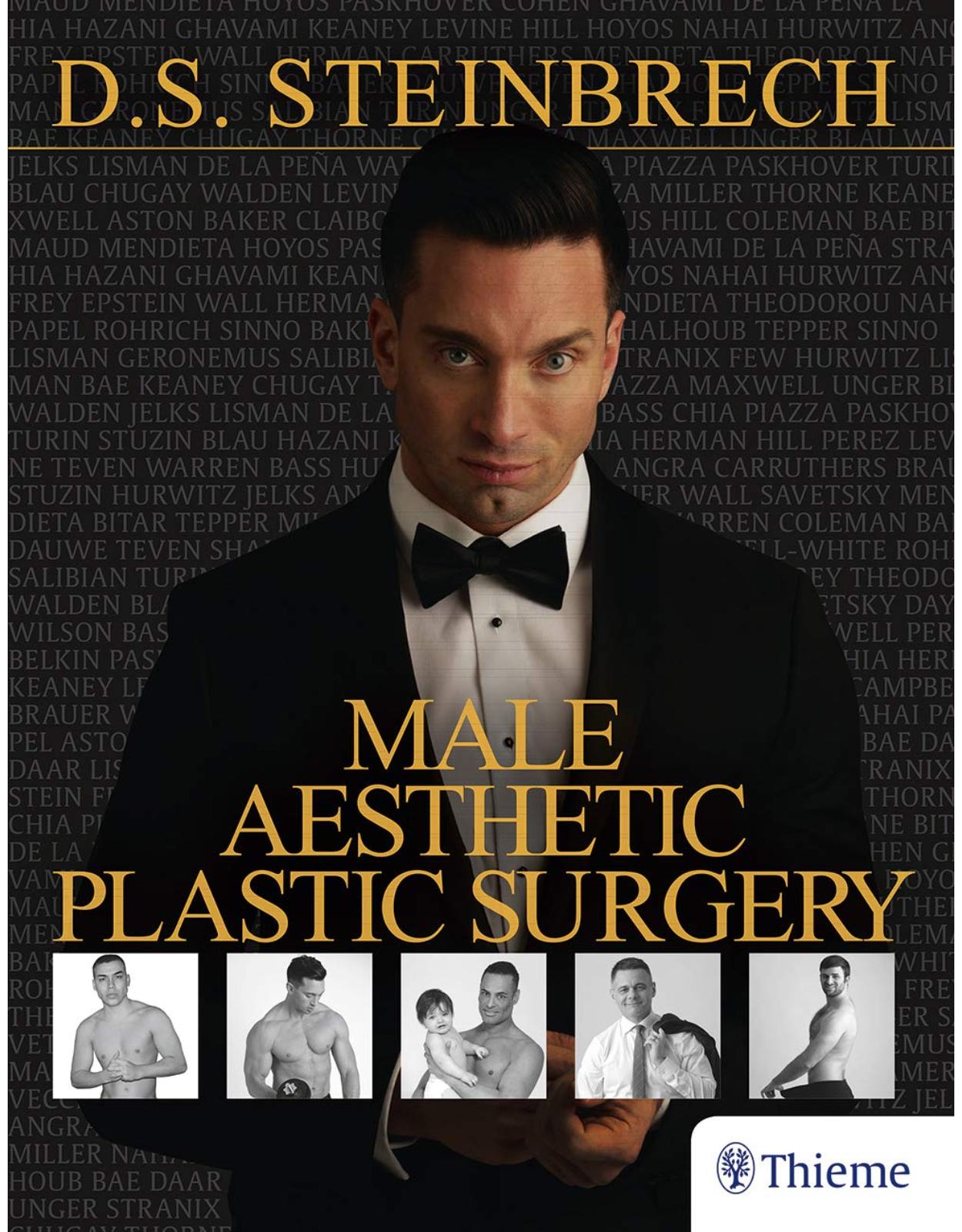
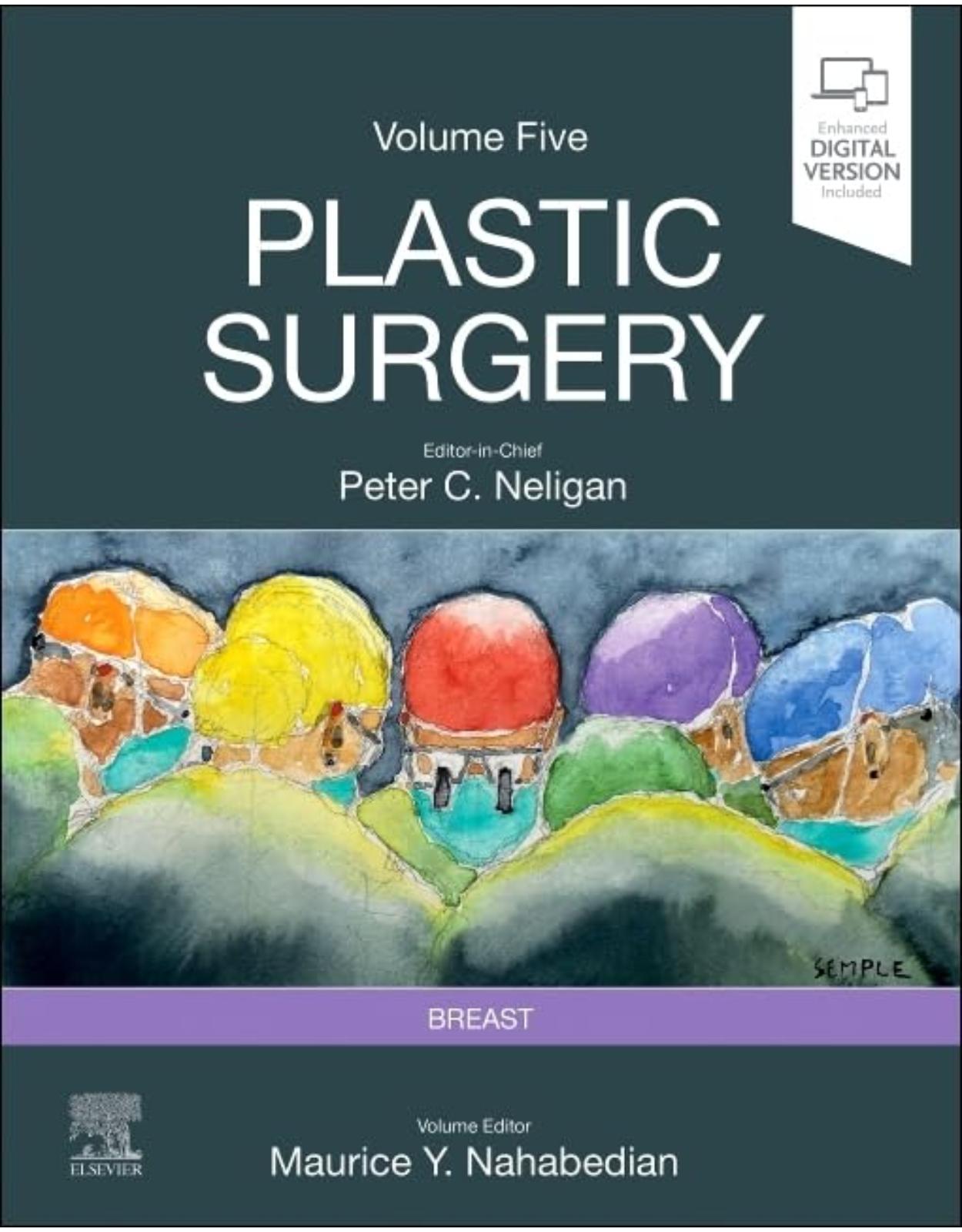
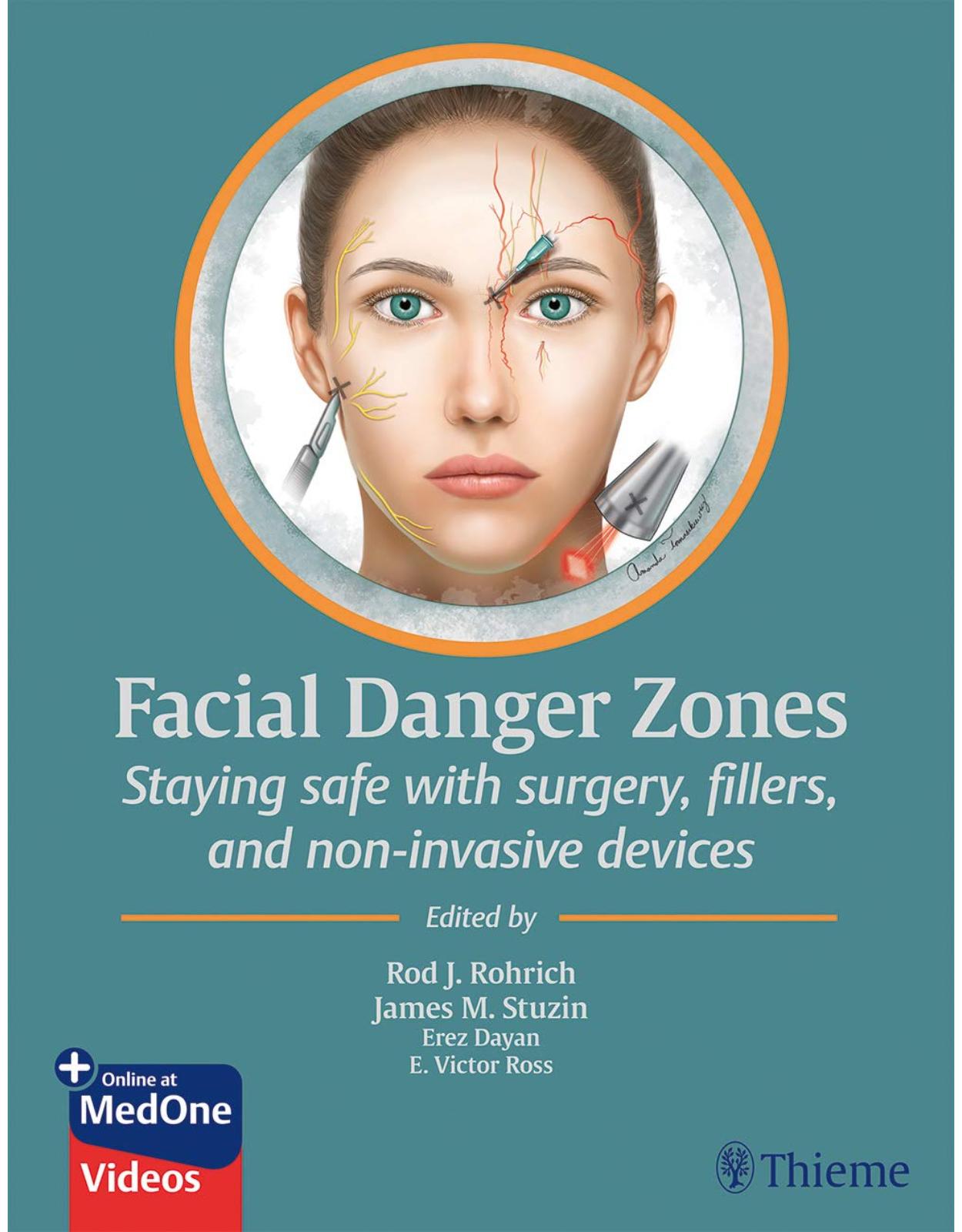
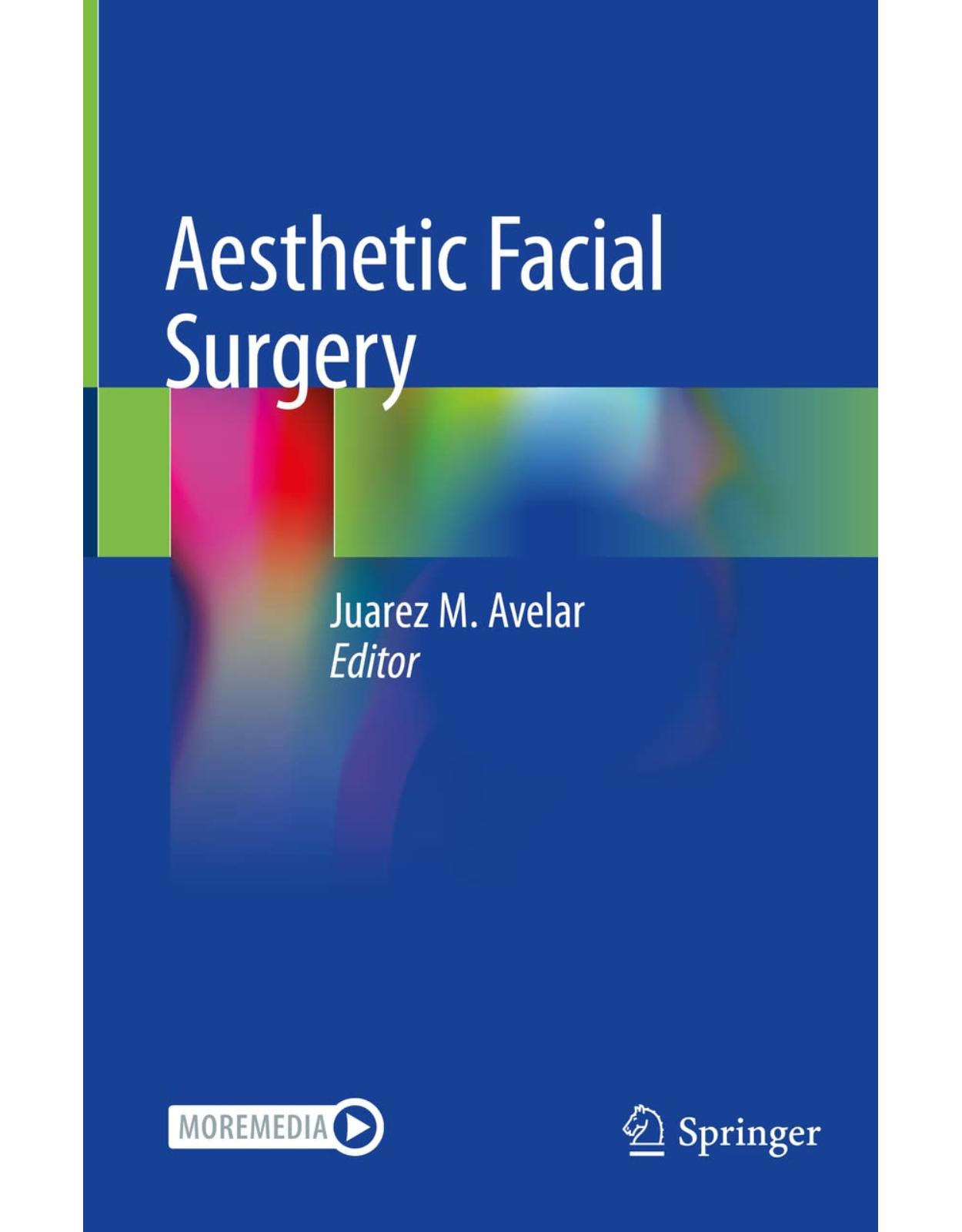
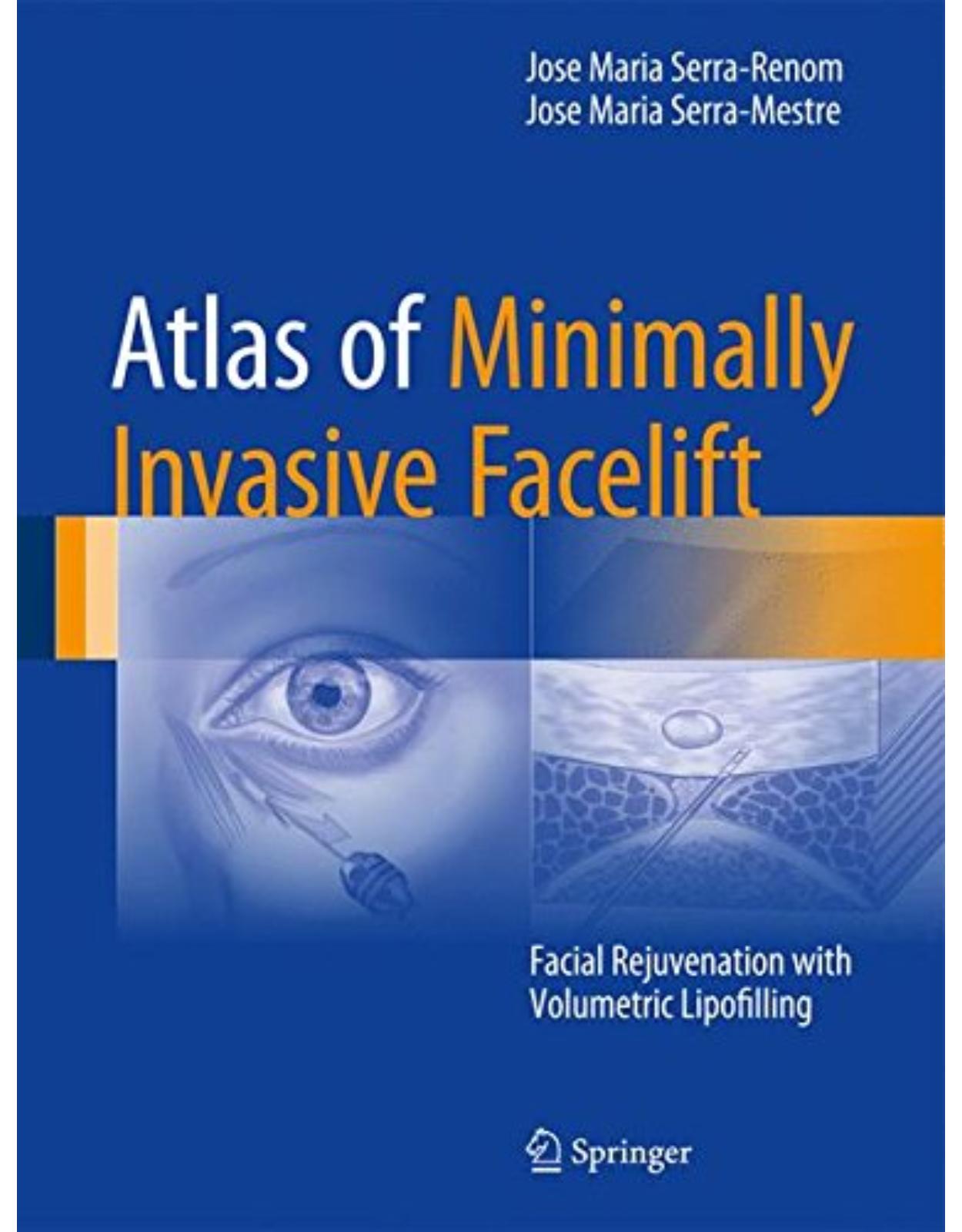
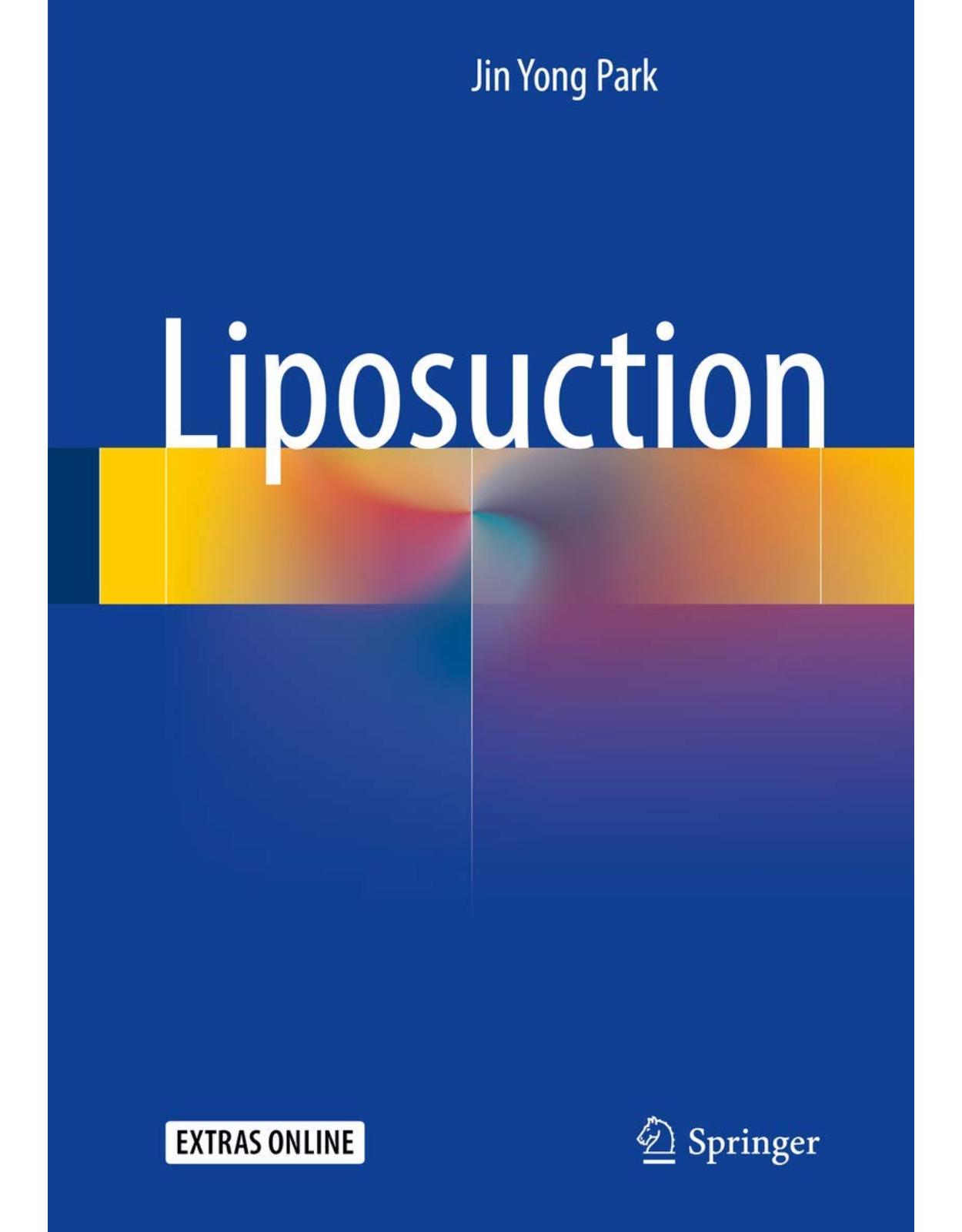
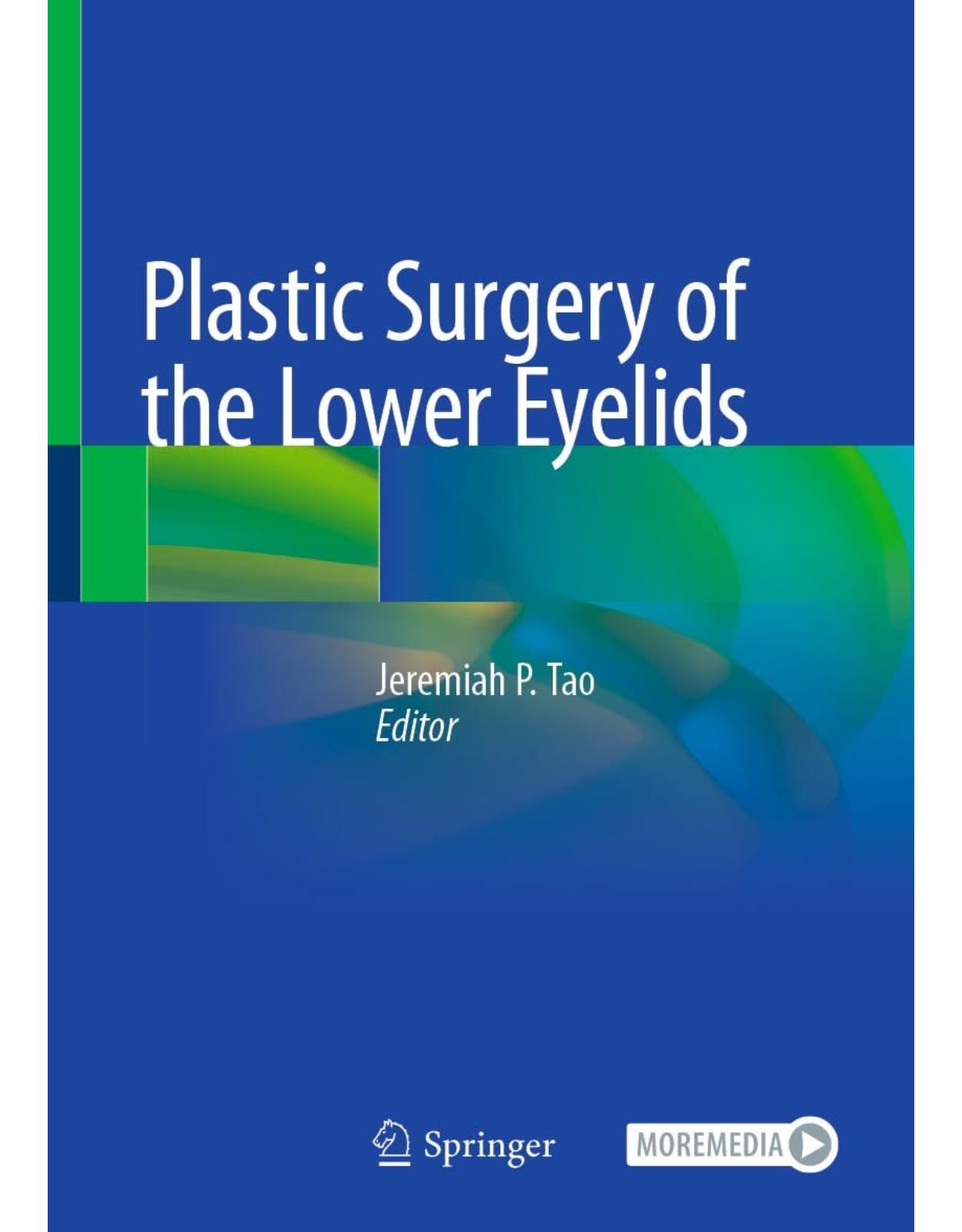
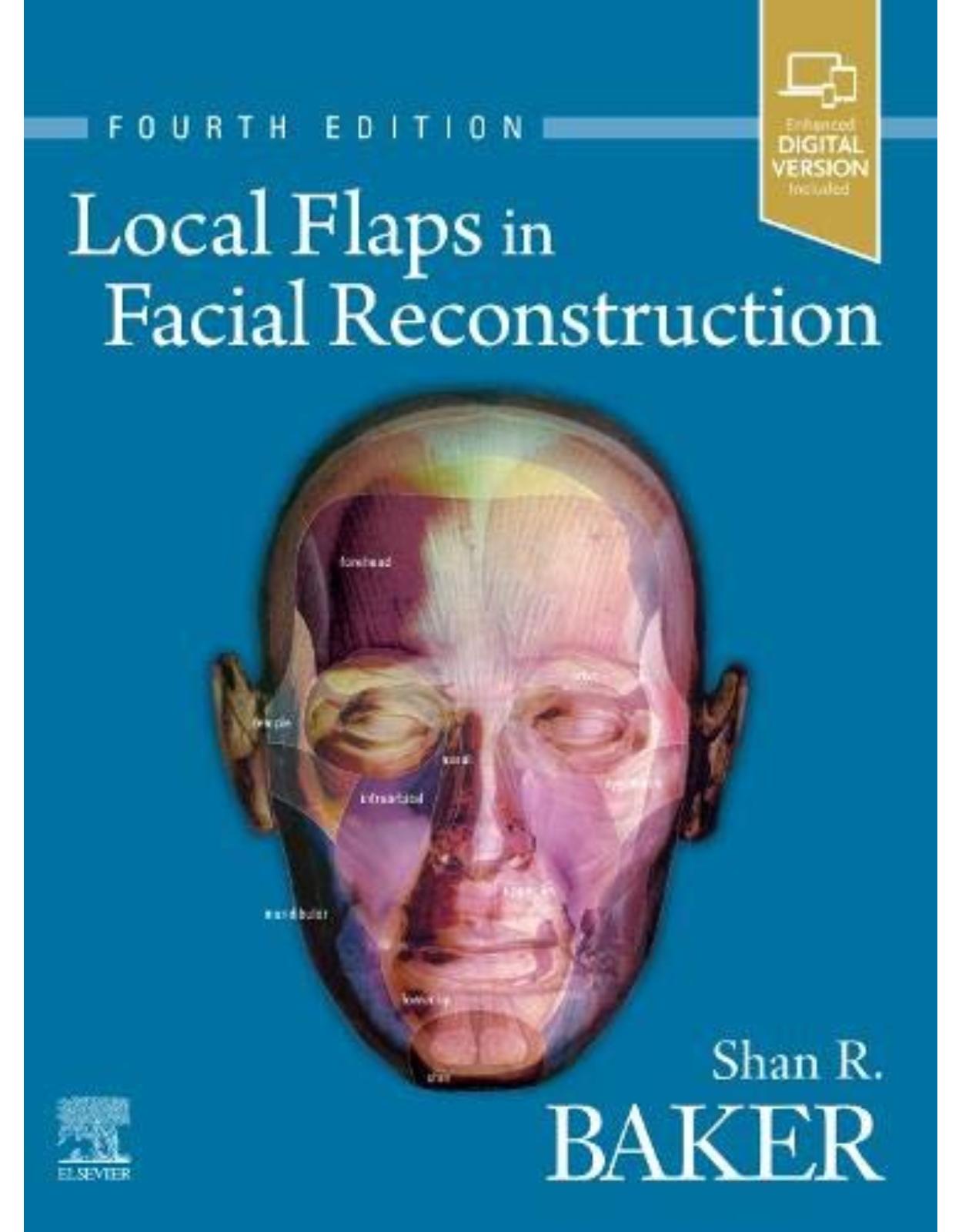
Clientii ebookshop.ro nu au adaugat inca opinii pentru acest produs. Fii primul care adauga o parere, folosind formularul de mai jos.